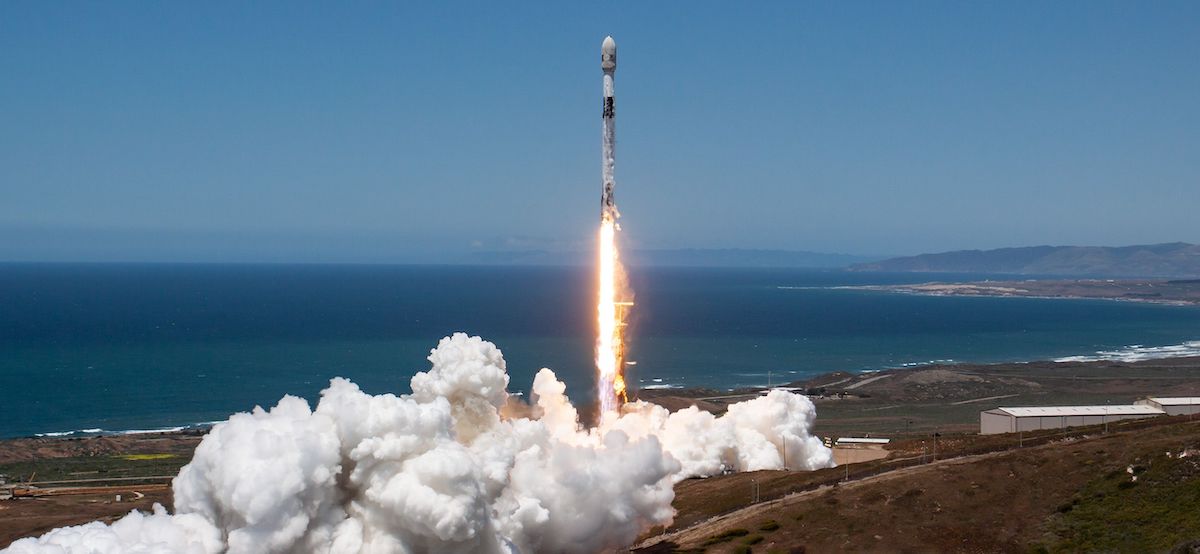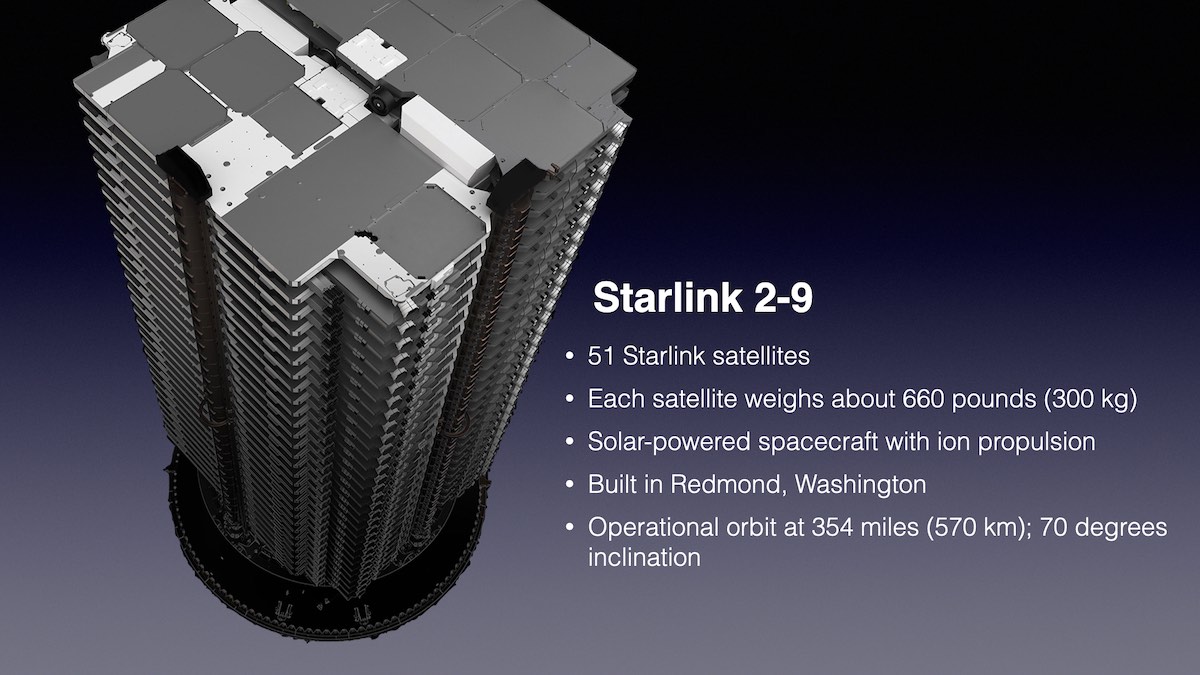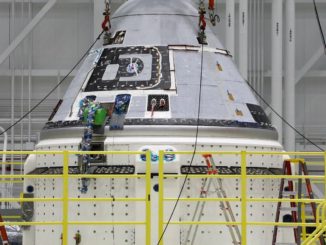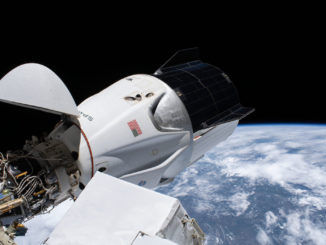
SpaceX’s launch of 51 more Starlink internet satellites Wednesday from California marked the 200th consecutive successful mission for the company’s Falcon rocket family, a record unmatched by any other space launch vehicle.
The string of successes dates back to September 2016, when a Falcon 9 rocket exploded on a launch pad during pre-flight testing at Cape Canaveral, destroying the launch vehicle and an Israeli communications satellite already mounted on top of the rocket. Looking further back, SpaceX has logged 209 straight Falcon 9 and Falcon Heavy launches since an in-flight rocket failure.
SpaceX’s 31st flight of the year began with liftoff of the 229-foot-tall (70-meter) Falcon 9 rocket from Vandenberg Space Force Base in California at 1:09 p.m. PDT (4:09 p.m. EDT; 2009 UTC).
Nine kerosene-fueled Merlin 1D engines ignited to power the Falcon 9 rocket in the sky from Space Launch Complex 4-East launch pad at Vandenberg. The Falcon 9 headed downrange on a trajectory south-southeast from Vandenberg, a military spaceport about 140 miles (225 kilometers) northwest of Los Angeles.
The rocket’s engines generated 1.7 million pounds of thrust for the first two-and-a-half minutes of the flight, then the booster shut off its engines and dropped away from the Falcon 9’s upper stage. Landing of the reusable booster stage — numbered B1075 in SpaceX’s inventory — on a drone ship west of Baja California occurred nearly nine minutes after liftoff, completing the rocket’s third flight to space.
The guidance computer on the second stage of the Falcon 9 aimed to place the 51 Starlink payloads into an orbit between 138 miles and 207 miles (222-by-334 kilometers) above Earth. SpaceX reported the Falcon 9 placed the satellites into the expected orbit inclined 70 degrees to the equator.
SpaceX confirmed the deployment of the 51 flat-packed Starlink satellites, each more than a quarter-ton in mass, around a half-hour after liftoff, once the rocket passed flew in range of a ground station in Chile.
SpaceX’s first-generation Starlink fleet is spread out into five groups, or orbital shells, between 335 miles and 354 miles in altitude. The first-generation Starlink shells are inclined at different angles to the equator, with some satellites orbiting between 53 degrees north and south latitude, and others in orbits flying from pole-to-pole.
The launch Wednesday, designated Starlink 2-9, targeted “Shell 2” in the Starlink constellation.

The 51 Starlink internet satellites on-board the rocket Wednesday brought the total number of Starlink spacecraft launched to 4,391.
The Federal Communications Commission granted SpaceX approval Dec. 1 to launch up to 7,500 of its planned 29,988-spacecraft Starlink Gen2 constellation. The regulatory agency deferred a decision on the remaining satellites SpaceX proposed for Gen2.
The FCC previously authorized SpaceX to launch and operate roughly 4,400 first-generation Ka-band and Ku-band Starlink spacecraft that SpaceX has been launching since 2019. The satellites on Wednesday’s Falcon 9 launch continued populating the first-generation network.
As for SpaceX’s success streak, reaching 200 missions without losing a payload due to a rocket malfunction extends a record unparalleled in the launch business.
United Launch Alliance, a 50-50 joint venture between Boeing and Lockheed Martin, has amassed a 97-for-97 success record for its Atlas 5 rocket since its debut in 2002. Going further back, the Atlas rocket family, which includes earlier launcher designs with different engines, has a string of 172 consecutive successful missions since 1993.
The China Academy of Launch Vehicle Technology, or CALT, has achieved a record of 141 straight successful space launches since April 2020. CALT is a state-owned company that manufactures and operates the Long March launch vehicle family, a roster of rockets of different designs that are the workhorses of China’s space program.
Russia’s Soyuz rocket family, with a design rooted in the late 1950s, has a streak of 84 straight successful flights since October 2018 without an outright launch failure. In the Soviet era, Soyuz rockets logged 133 consecutive successful launches between 1983 and 1986.
Those rockets are single-use, expendable designs, while SpaceX recovers and reuses the Falcon 9’s first stage and payload fairing. With Wednesday’s Starlink mission, SpaceX has a streak of 116 successful booster landings in as many attempts since early 2021.
Email the author.
Follow Stephen Clark on Twitter: @StephenClark1.



